Gaskets are mechanical seals that help machines of all kinds operate safely and effectively. One main application of a gasket is joint sealing, the importance of which cannot be overstated. Joint sealing is critical in numerous aerospace, pneumatic and hydraulic applications, especially those involved in maintaining air or fluid pressure. For instance, on commercial aircrafts, gaskets keep passengers safe by holding cabin pressure in place. Another gasket application is preventing leaks. Read More…
Phelps Industrial Products is a major manufacturer, fabricator and distributor for a wide range of industries throughout the world. We employ a wide range of both computerized high speed and manual equipment to fulfill the toughest demands. We also have a wide range of compressed, elastomeric and non-elastomeric materials available. Since our founding in 1945, we have taken great pride in our...

REDCO is your complete source for molded gaskets or die cut gaskets, using a wide range of materials. We pride ourselves on just-in-time delivery and practice a "zero-defect" policy. Since our founding in 1948, it has been our goal to be a one-stop place for your gasket needs.

Since 1946, Kent Rubber Supply has been providing the industry with state-of-the-art gaskets. Leveraging the best equipment and the most skilled staff, we ensure we continuously meet our customers unique needs—both domestic and offshore. Our team is capable of prototyping, samples, low-run, or large-volume production. We are confident that our high-tech, industry-leading precision equipment can ...

Since 1979, gaskets have been the focus of our company. VSP Technologies is an award-winning company, innovating new gasket technologies and solutions since our inception. We pride ourselves on our ability to problem-solve and create long-term, comprehensive solutions to fit our customers needs. Our patented designs and experienced specialists are here and ready to serve you! Call us at...

RD Rubber Technology Corp is an ISO 9001:2015 / AS9100:2016 certified and ITAR registered company. We offer compression, transfer, injection and Liquid Injection molding, rubber to metal bonding, engineering support, tooling design, machining and more. Our customers rely on us to give them the best possible production gaskets. From aerospace to medical, food processing to military applications we ...

CFS is an ISO 9001:2015 manufacturer of custom gaskets utilizing materials such as silicone rubber, EPDM, Poron®, Santoprene®, RN-8011 and Viton®. We can source the gasket material or use customer-supplied materials. Our in-house engineers will work with you to ensure the perfect fit for your custom gasket needs. CFS offers large format cutting, adhesive laminating, and kiss-cutting or split...

Our team at Spira strives to bring you the best gaskets on the market. We exhibit our commitment to quality products by staying at the forefront of ever-changing manufacturing technology. We offer RFI gaskets to suit various applications, with groove-mounted, surface-mounted, and honeycomb filter configurations available. Contact us and we will help you find the gasket that suits your...

As a supplier of gaskets since 1977, Gardico is dedicated to customers in all industrial sectors needing standard & custom gaskets of superior workmanship. Gardico works with a variety of foam, fiber, felt, cork, plastics, metals & numerous other materials to meet all of their customers’ needs.

More Gasket Manufacturers
Gaskets benefit many industries to which safety and effectiveness are of the utmost importance. Examples include aerospace, defense, aviation and transportation.
Equipment and appliances that rely on gaskets include compressors, airframes, business machines, medical equipment, meters, elevators, escalators, turbines, valves, engines and plumbing systems.
The History of Gaskets
Sealing mechanisms that we would call gaskets were first produced in 1820. Called solid iron sulfate seals, these were fabricated from a mixture of Sulphur powder, pack iron filings and water. In addition, people of that time also often made DIY gaskets. One way to do this was by unraveling rope, then stuffing it into cracks and seams with tar or lubricant. To seal water pumps, people would also pack leather into seams. However, this wasn’t terribly effective, as the water would eventually break down the leather.
Industrial gaskets were given the opportunity to advance significantly after two different inventors, including Charles Goodyear, patented the vulcanization process in 1845. Once they knew how to vulcanize material, they could make rubber. As they learned more, manufacturers were able to make gaskets from not only natural rubber, but also synthetic rubber with all sorts of qualities. These included chemical resistance, heat resistance and impact resistance, among others. Today, rubber gaskets are by far the most widely used gaskets.
In 1899, manufacturers produced the first asbestos gasket. Asbestos gaskets were extremely popular for decades. Mostly they were used to seal components on trains and ships, and to seal shipping containers that held sensitive substances like gases, hot oil and grease. Asbestos gaskets didn’t fall out of favor until the 1980s, when scientists announced the link between asbestos and cancer and lung diseases. Today, asbestos is highly regulated and almost never used.
Over the years, gaskets have proven their importance. Not only have they shown how much better they can improve application performance when things go right, but also how much damage they can facilitate when things go wrong. Nothing demonstrated this so clearly than the Challenger disaster of 1986. This was when the Challenger space shuttle exploded 73 seconds into its flight as a result of a faulty o-ring seal in its fuel system. That day, all seven people aboard died. After this tragedy, NASA engineers and others made a point to develop much more stringent gasket quality tests and regulations.
Today, gasket and seal manufacturers are able to create extremely durable and reliable pieces. With better testing practices, more materials and better automation, gaskets are now one of the most trusted components of critical applications.
Design
Production
Generally, gasket manufacturers make gaskets from die cut metal sheets or flat rubber. The practice of die cutting allows manufacturers great power of design; die cut gasket shapes range from simple O-rings to complex automotive engine blocks. When an application calls for a basic gasket with a thick, strong build, manufacturers sub in rubber injection molding for die cutting. Sometimes, manufacturers also make gaskets via water jet cutting or compression molding.
Materials
Manufacturers choose gasket materials based on the environment in which they will operate. A wide range of composition materials are available to manufacturers, but the material they use most is synthetic rubber. The term “synthetic rubber” refers to a group of rubber materials, which include: neoprene, silicon, viton, EPDM and a variety of other standard and custom rubber. Each aforementioned gasket material presents different levels of non-reactivity, chemical compatibility, tensile strength, corrosion resistance and extreme temperature performance. This material has revolutionized the industry by allowing for much greater control over demanding and irregular configurations.
For example, special synthetic rubber gaskets, like jacketed mylar gaskets and Teflon gaskets, offer reliable seals in the face of the most hazardous chemicals or the most extreme weather conditions.
For applications requiring a flexible seal, manufacturers make a foam gasket using sponge rubber, like open or closed cell silicone rubber. Other material options include a number of non-asbestos sheets, such as filament, fiberglass, ceramics and Kevlar.
Considerations and Customization
Gaskets come in all compositions, shapes and sizes. Manufacturers decide how to make yours based on your application requirements. If you wish, manufacturers can custom texture your gaskets to fit especially well into a connection point. Texturing includes: tapering, grooving, ridging and specialty shapes. They can also create custom gaskets with custom materials and sizes.
Types
Head Gasket
To seal the gap between an engine block and a cylinder head, the only choice is a head gasket. Head gaskets, among the most complicated of gaskets, are heat and chemical resistant and strong.
Shim
In addition, to fill in gaps or increase seal effectiveness, shims, which are flat metal gaskets that resemble washers, are used alone or in combination with rubber gaskets.
O-Ring
O-ring gaskets are named after their shape, an O. These thin gaskets are among the most common of all those used. Their popularity is due to their low cost, simplicity, easy construction and versatility. They are used with both static and dynamic mechanisms, such hydraulic cylinders and rotating pump shafts.
Flange Gasket
Like o-rings, flange gaskets are named after their shape. Flange gaskets have protruding lips or rims that look like flanges; flanges are internal or external lips, rims or ridges. The gasket lips help the flange gasket attach better.
Cylinder Head Gasket
Cylinder head gaskets, also known as head gaskets, are components of internal combustion engines. There, they are wedged between the cylinder head(s) and engine block. Their goal is to provide effective sealing and compression, while preventing leakage of fluids like engine oil or coolant.
Jacketed Gasket
Jacketed gaskets are those gaskets that feature an external metallic coating on one or both sides (single-jacket and double-jacket, respectively). Jacketed gaskets, which usually have an interior of plastic or rubber, are stronger, more durable and more flexible than non-jacketed gaskets. Double-jacketed gaskets also feature improved pressure resistance, high temperature resistance and decay resistance.
Intake Manifold Gasket
Intake manifold gaskets are yet another vehicle engine gasket. They serve as the connection between the intake manifold and the top of the engine.
Exhaust Gasket
Exhaust gaskets are specialty seal gaskets designed only to help regulate vehicle exhaust. They make sure that any gases leaving the engine stays in the exhaust system until the proper time.
Valve Cover Gasket
Valve cover gaskets are gaskets placed above an engine cylinder head, where their job is to prevent oil from leaking from the valve cover.
Spiral Wound Gasket
Spiral wound gaskets feature a combination or interweaving of metal and filler material shaped in an outward circular spiral. The metal is usually stainless steel, while they filler is usually flexible graphite. To relieve stress, tension or movement issues, manufacturers choose spiral wound gaskets. These gaskets provide a tight, but flexible seal.
Silicone Gasket
Manufacturers recommend silicone rubber gaskets for use with extreme temperatures, from around -140°F to 480°F. They are also ideal in the face of UV light, which they both resist and shield other materials against.
EPDM Gasket
EPDM gaskets are used to mate machine part surfaces.
Neoprene Gasket
Neoprene gaskets, which are available with custom neoprene, are known for their durability. They are used as long-lasting seals in the gaps of machine parts.
Advantages of Gaskets
Gaskets compete with various other sealing solutions in terms of applications. One primary alternative to gaskets is liquid sealants, such as silicone or RTV (Room-Temperature Vulcanizing) sealants. While liquid sealants offer flexibility and conformability, gaskets have distinct advantages in specific scenarios. Gaskets are preferable in applications where a higher degree of compression and tight sealing is required. Their solid structure provides consistent pressure distribution, ensuring a more reliable and leak-free seal, especially in environments with varying temperature and pressure conditions.
Another competitor for gaskets is O-rings. O-rings are widely used for dynamic sealing, but they may not be suitable for certain flange configurations or large sealing surfaces. Gaskets, on the other hand, are versatile and can accommodate irregular shapes and larger surface areas, making them a better choice for more complex sealing requirements.
In high-temperature applications, metal gaskets come into competition with non-metallic ones. Non-metallic gaskets, like those made of rubber or fiber materials, offer good compression and flexibility, but they have limitations in extreme temperatures and chemical exposure. Metal gaskets, such as those made of stainless steel or copper, excel in high-temperature and high-pressure environments, where their robustness and resistance to extreme conditions make them indispensable.
Additionally, in some situations, gaskets compete with mechanical seals, which are commonly used in rotating equipment such as pumps and compressors. Mechanical seals provide excellent leakage control but require precise alignment and maintenance. In contrast, gaskets are relatively easier to install, and their lower cost makes them a more economical choice, especially for static sealing applications like flanges and covers.
In summary, gaskets have several advantages over their competing alternatives. They offer superior sealing capabilities in situations where higher compression and consistent pressure distribution are crucial. Their ability to seal irregular shapes and larger surface areas makes them more versatile compared to O-rings. Metal gaskets, specifically, excel in extreme temperature and pressure conditions, providing reliable sealing in challenging environments. Additionally, gaskets are generally more cost-effective and easier to install than mechanical seals, making them an attractive choice for static sealing applications. However, the selection of the most suitable sealing solution depends on the specific requirements of each application, and careful consideration should be given to factors like temperature, pressure, chemical compatibility, and mechanical stresses.
Accessories
Accessories for gaskets serve to enhance their performance, provide better sealing solutions, or extend their lifespan. Sealing solution accessories, such as gasket sealants, are commonly used to improve the sealing effectiveness of gaskets. These sealants fill in small imperfections and surface irregularities, ensuring a reliable seal and better adaptability to different mating surfaces. Rubber protectants, meanwhile, are designed to preserve and protect rubber gaskets from drying out, cracking, or becoming brittle over time, especially when exposed to harsh environmental conditions or UV radiation. These solutions help maintain the sealing properties of rubber gaskets and prolong their effectiveness. On the other hand, wax solutions are employed to enhance the anti-stick properties of gaskets during installation and removal. By creating a lubricating layer on the gasket surface, wax solutions reduce friction and facilitate easier installation, removal, and replacement of gaskets without causing damage.
Knowing if you need these accessories depends on the specific application and sealing requirements. In critical sealing applications, such as industrial machinery, pipelines, or automotive engines, using gasket sealants as an added layer of security can be beneficial. For rubber gaskets exposed to harsh environmental factors, like sunlight, heat, or chemicals, rubber protectants can extend their longevity and maintain their sealing capabilities. Additionally, if gaskets tend to stick during installation or removal, wax solutions can ease the process without causing unnecessary wear or damage.
These accessories can be acquired from various sources. Hardware stores, automotive supply shops, and online retailers offer a wide range of gasket sealants, rubber protectants, and wax solutions. When obtaining these accessories, it’s crucial to ensure compatibility with the specific gasket material and intended application. Reading product labels, seeking expert advice, or consulting with gasket manufacturers can help make informed choices that best suit your gasket and sealing needs.
Installation
Gasket installation is pretty easy. Let’s go over the steps.
- Clean the mating surfaces so that they’re free of substances like moisture, oil and dirt. This ensures that your seal quality will not be hindered
- Prepare for sealing by lying flat your mating surface
- Optional: Apply a thin layer of adhesive to your mating surface. For this, we recommend pressure sensitive adhesive
- Place the gasket on top of the mating surface
- If you’re applying adhesive, continue to do so until the mating surface seals with the gasket. If you’re not applying adhesive, skip this and go on to the next step
- Connect the gasket to the other mating surface
- If you’ve used it, let the adhesive sit and dry. If not, you may tighten your gasket with a wrench for uniform compression
To make sure you’re taking the right steps for your particular application, make sure to consult with your manufacturer before installation.
Proper Care for Gaskets
To learn about properly caring for gaskets, one can refer to various sources such as equipment manuals, manufacturer guidelines, or industry-specific resources. Equipment manufacturers often provide comprehensive information on gasket care and maintenance in their product manuals. Industry associations and gasket suppliers may also offer educational materials and training programs related to gasket handling and maintenance. Additionally, online resources, forums, and technical articles can be valuable sources of information for gasket care.
Proper gasket care consists of several key aspects. First, it involves careful storage of gaskets in a clean and dry environment, away from direct sunlight and extreme temperatures. Proper handling during installation and removal is also essential to prevent damage to the gasket material or its sealing surfaces. Lubrication with compatible substances, such as wax solutions, can aid in easy installation and reduce the risk of gasket sticking. Notably, regular inspections help detect signs of wear, corrosion, or chemical degradation, allowing timely replacement of gaskets when necessary.
Considerations of improper gasket care can lead to various issues. For instance, improper storage can cause gaskets to deteriorate prematurely, resulting in reduced sealing effectiveness and potential leaks. Additionally, mishandling during installation and removal can lead to gasket damage, compromising the seal and creating leak paths. Furthermore, incompatible lubricants or cleaning agents can degrade the gasket material and reduce its performance. Perhaps most importantly, neglecting routine inspections can lead to the use of worn-out or damaged gaskets, jeopardizing equipment integrity and risking expensive repairs or downtime.
Proper gasket care offers several benefits that contribute to efficient operations and cost savings. A well-maintained gasket ensures a reliable and leak-free seal, preventing product loss, environmental contamination, and potential safety hazards. Regular inspection and replacement of gaskets as needed also reduce the risk of sudden failures and extend equipment lifespan. By implementing proper care practices, furthermore, businesses can minimize maintenance costs, avoid costly shutdowns, and enhance productivity. Additionally, using the right lubricants and cleaners not only facilitates easier gasket installation but also preserves the gasket’s integrity, optimizing its performance over time.
In conclusion, learning about proper gasket care can be achieved through equipment manuals, manufacturer guidelines, industry resources, and online references. The care includes appropriate storage, handling, lubrication, and regular inspection. Neglecting gasket care can result in reduced sealing effectiveness, equipment damage, and potential safety risks. On the other hand, adhering to proper gasket care practices ensures a reliable seal, prolongs equipment life, reduces maintenance costs, and enhances overall productivity, making it a crucial aspect of efficient and safe operations.
Standards
The standards to which manufacturers must adhere during gasket fabrication depend on your application, industry and location. Some, for example, must meet FDA standards, while others must meet Mil-Spec (military) standards.
Some of the most common gasket standards used by governments include: (in the USA) ANA/ANSI, (in the European Union) PN/DIN, (in the UK/Australia) BS10 and (in Japan and South Korea) JIS/KS. Internationally, many organizations also recognize ISO certified gaskets.
Make sure your manufacturer can get the proper standard certifications. If you’re not sure what those might be, talk to your industry leaders and applicable governmental offices.
How to Choose the Right Manufacturer
Gaskets are small but mighty. It’s important that you purchase high quality gaskets from a reputable gasket manufacturer, because if you don’t, your choice could end in system failure or tragedy. Also, when working with a trustworthy manufacturer, you can also feel confident about your custom gasket requests. So, how do you find this trusted manufacturer? Easy—you check out the custom gasket companies detailed on this page! We’ve provided information about several gasket manufacturers in whom we have extreme confidence.
Take some time to browse the profiles of each of these manufacturers, keeping your specifications in mind. Pick out a few (three to four) companies to whom you’d like to speak. Then, reach out to each of them for a quote. Make sure to discuss your: budget, deadline, delivery preferences and standard requirements. Once you’ve spoken with each of them, compare and contrast their answers and make your choice.


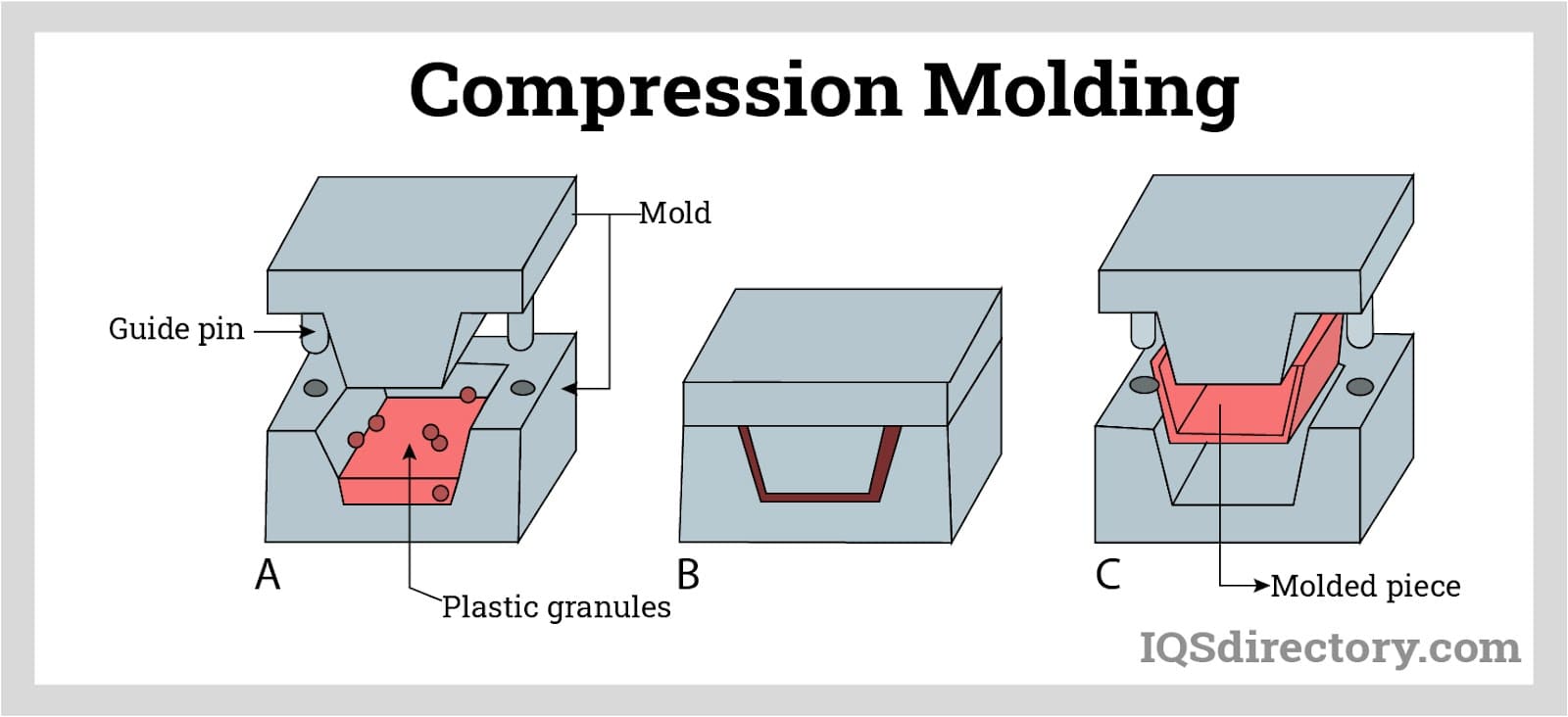
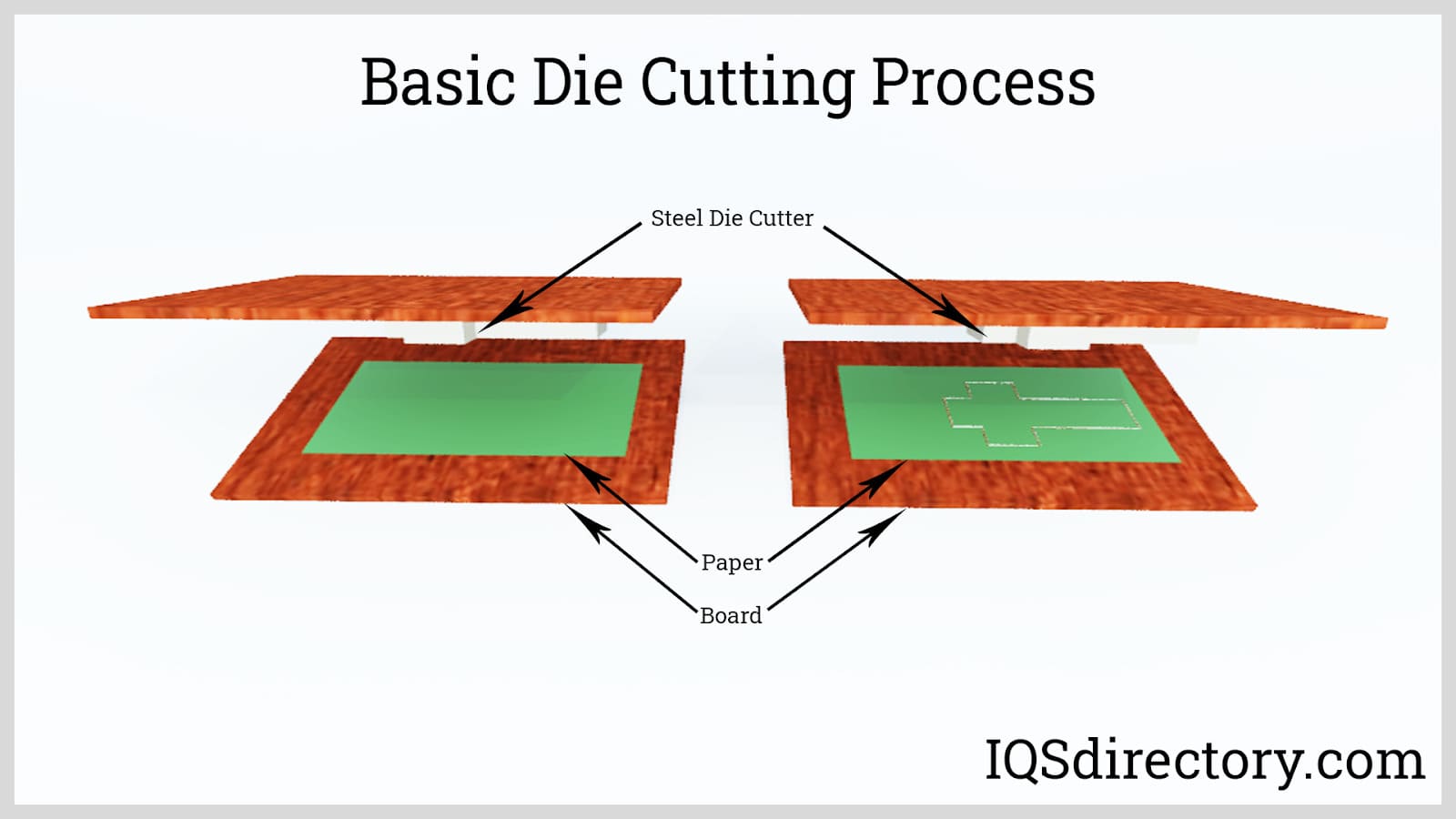
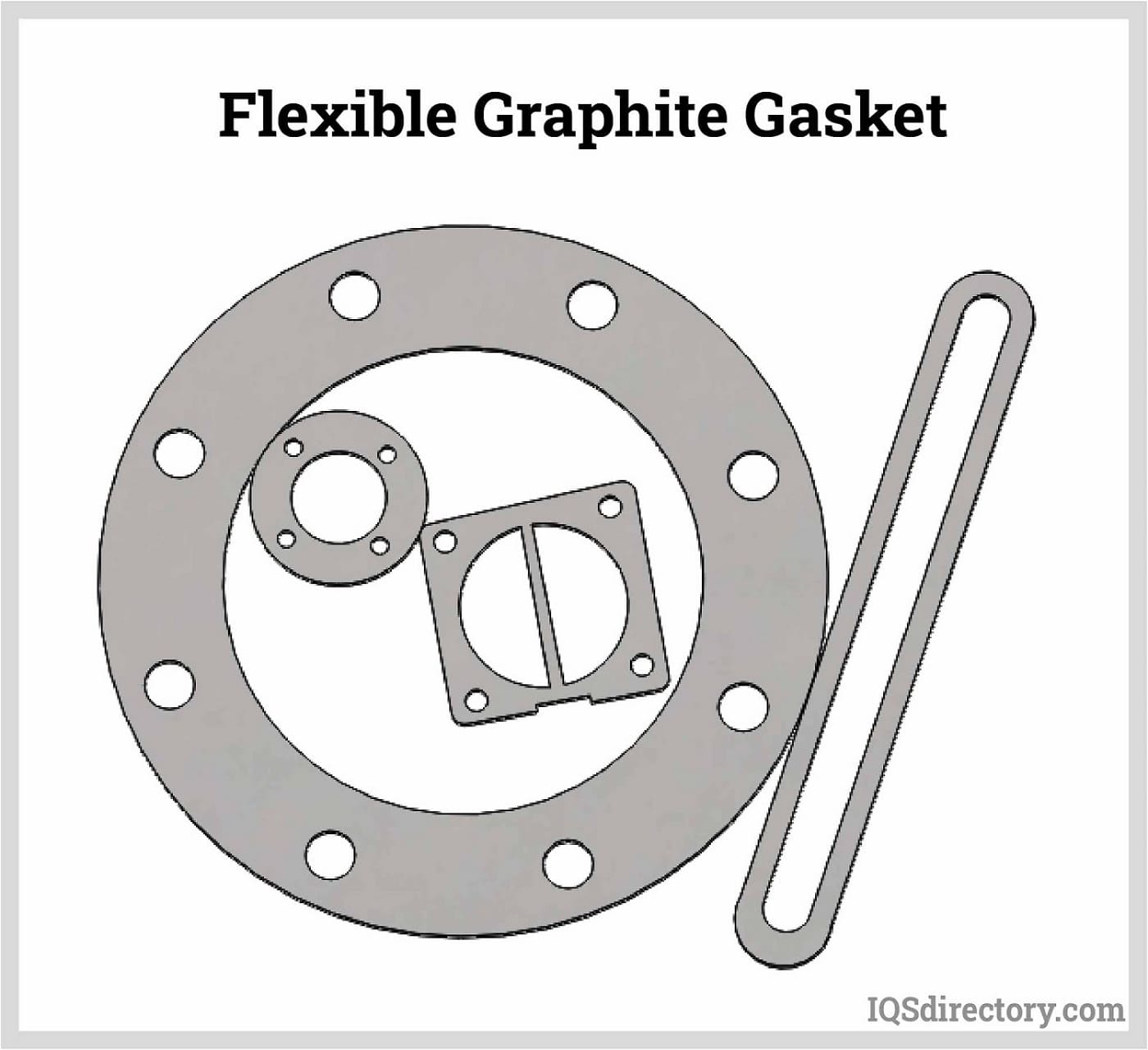
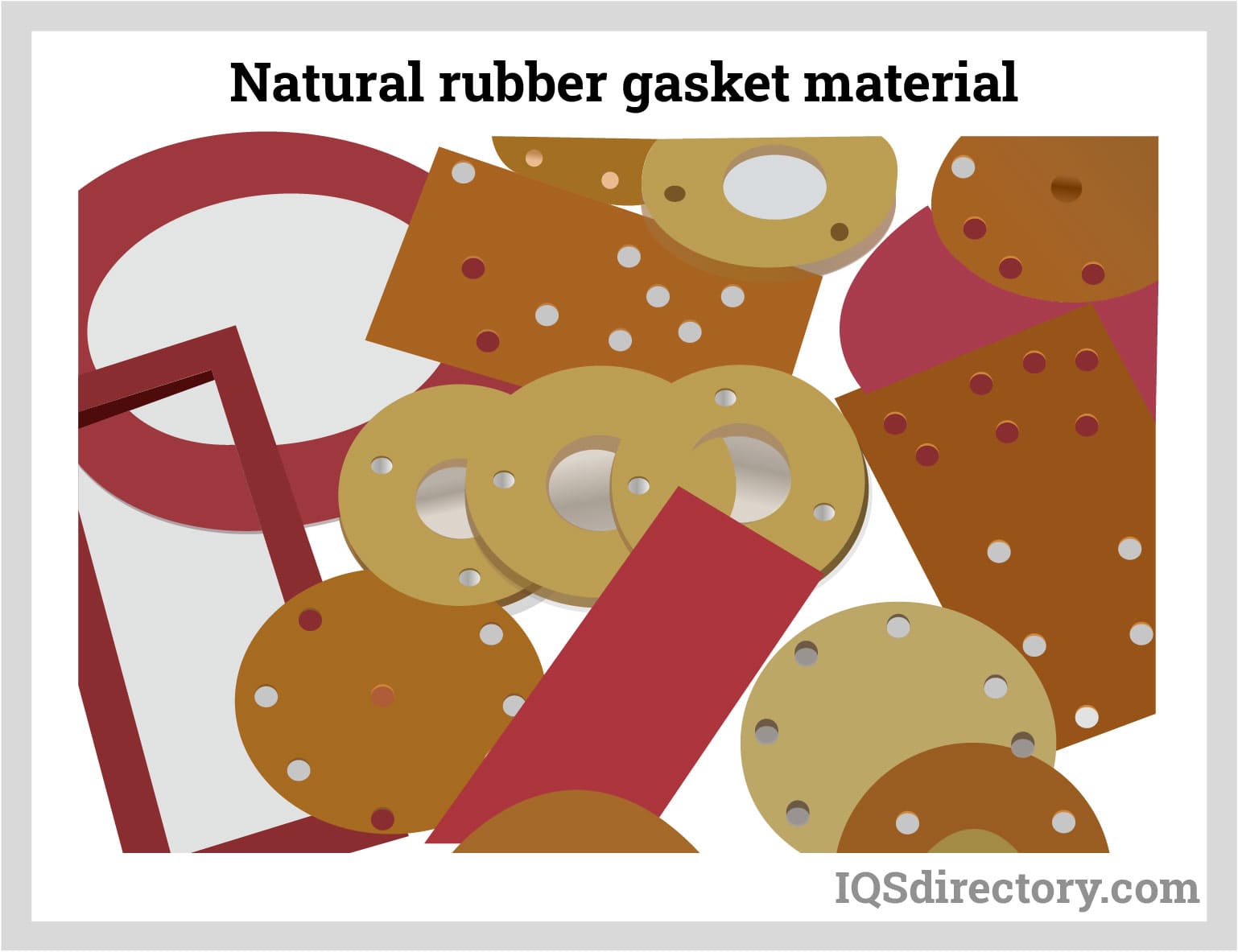
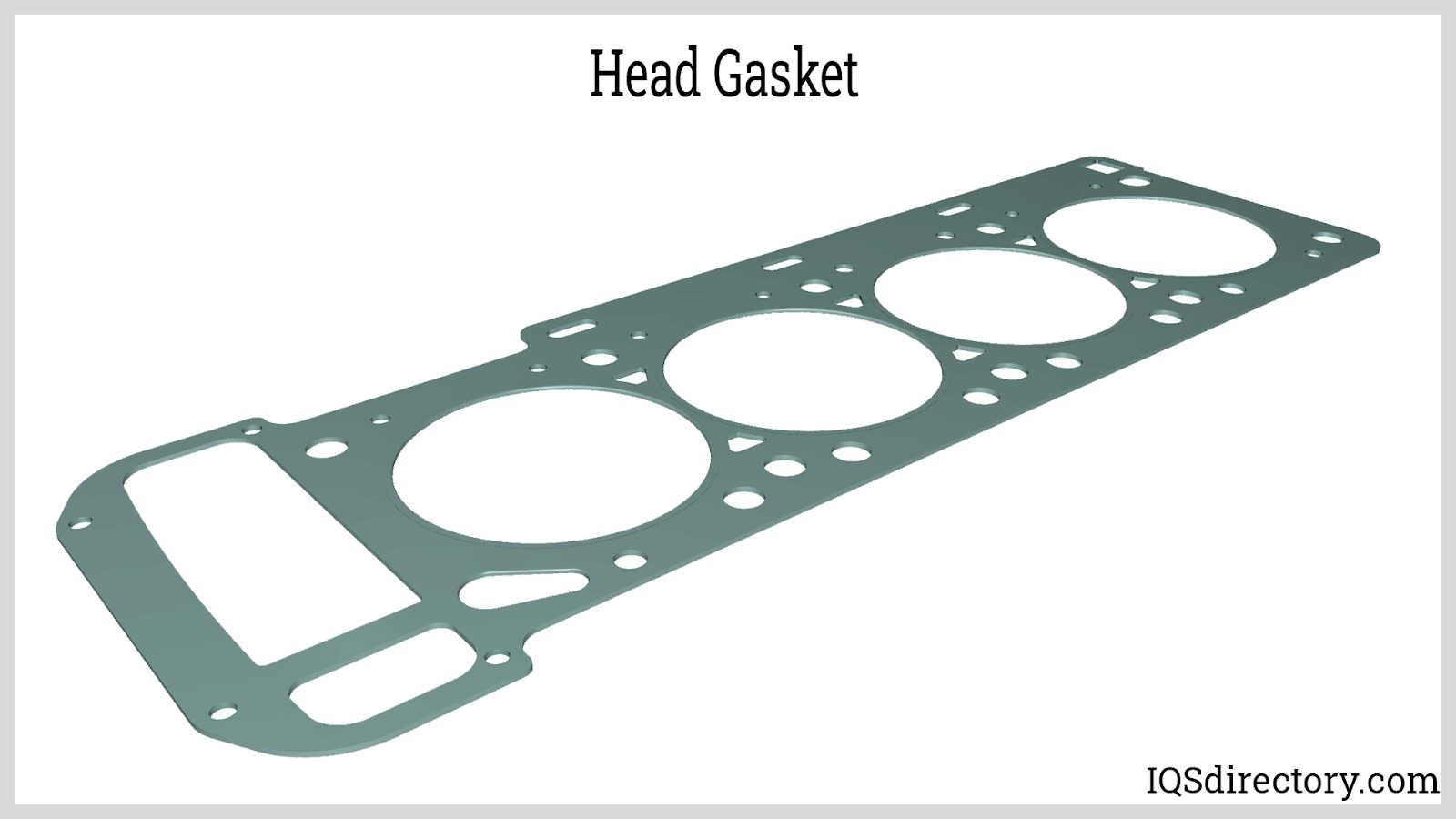
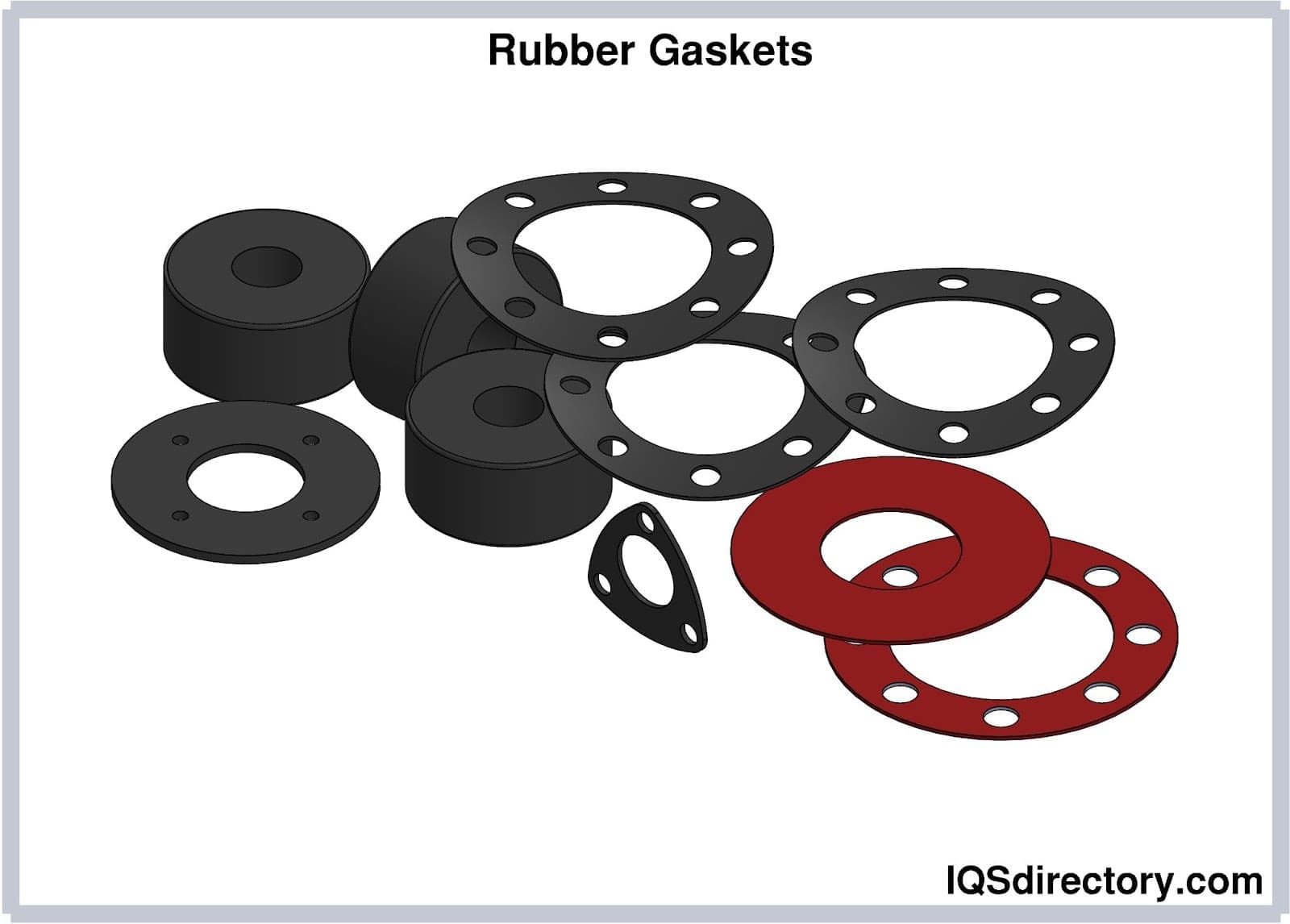
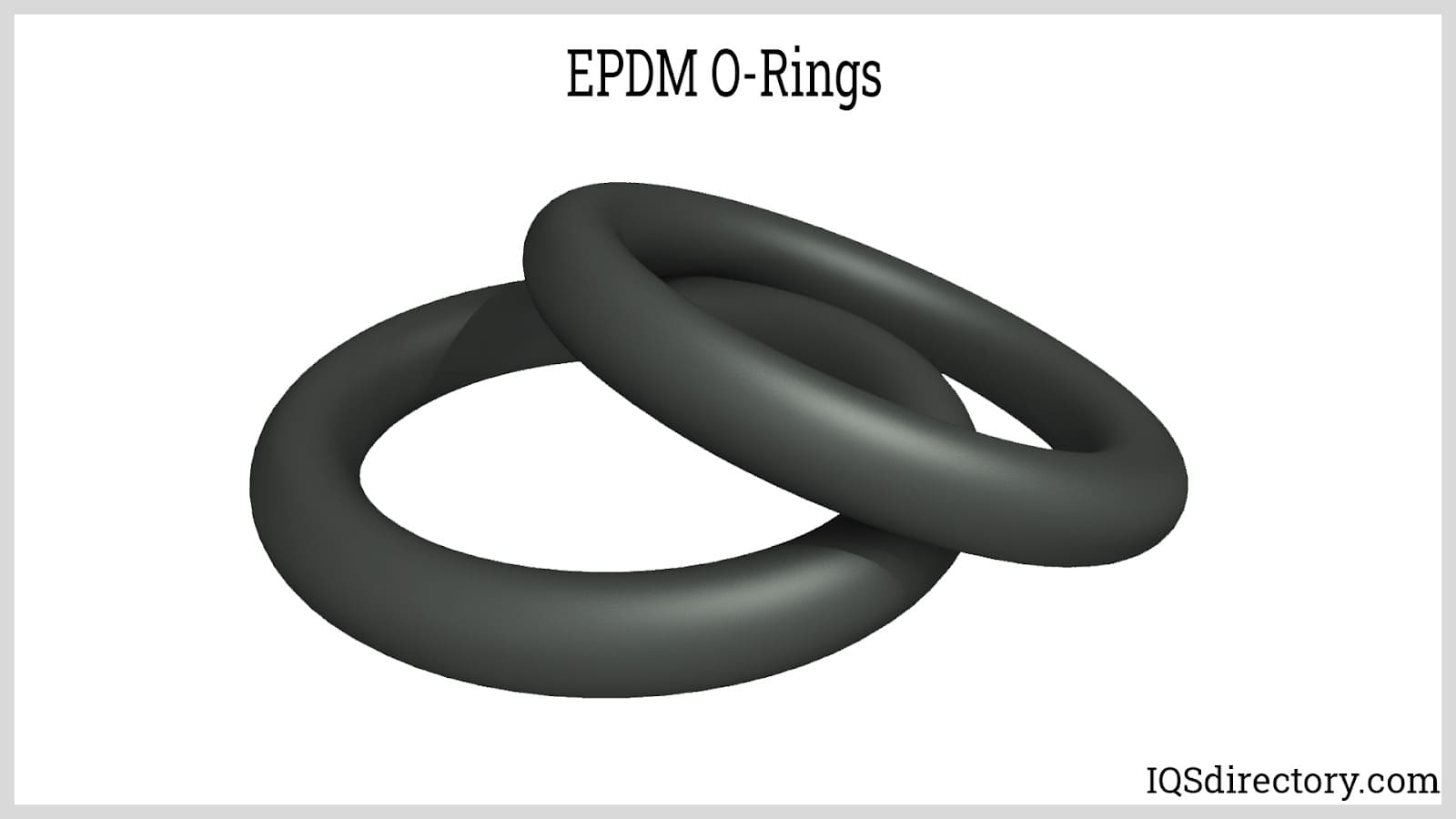
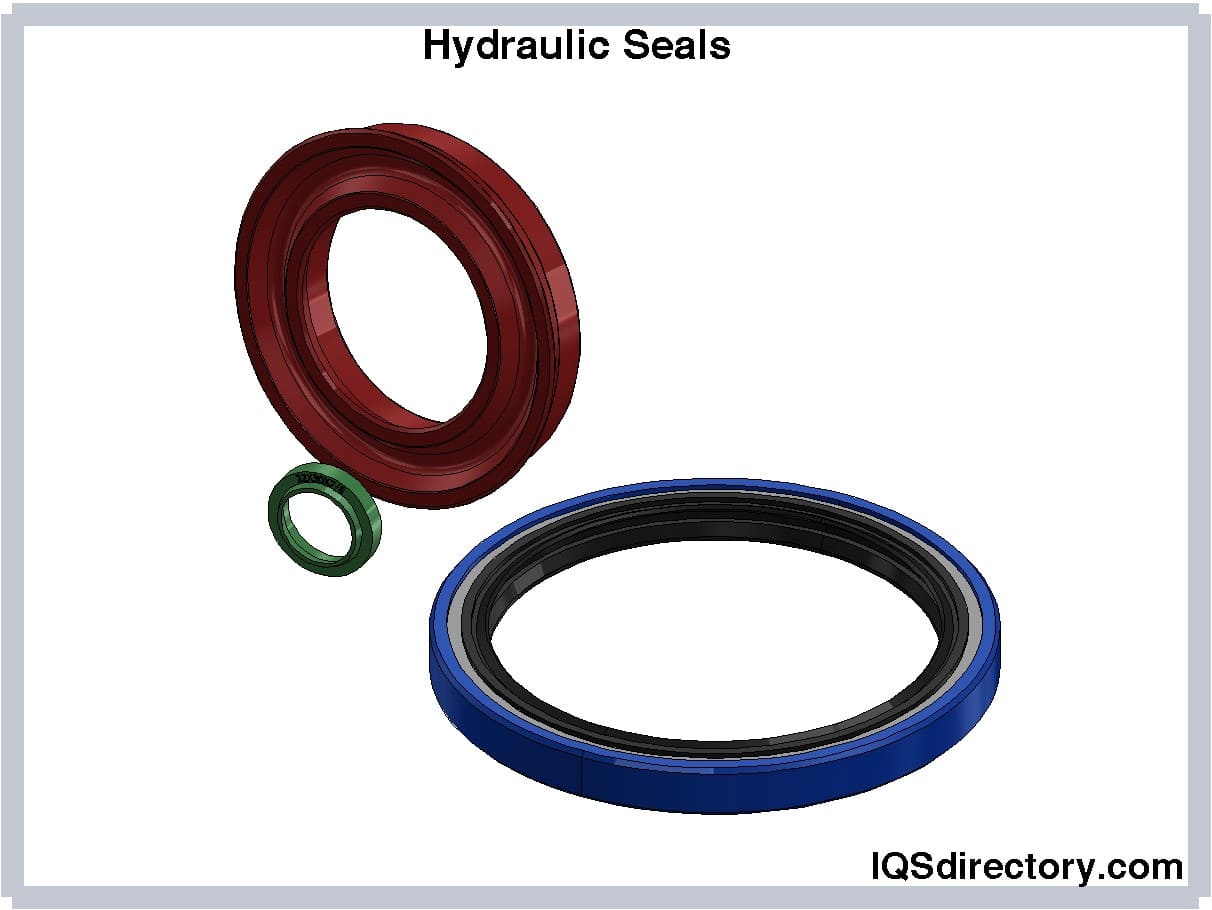
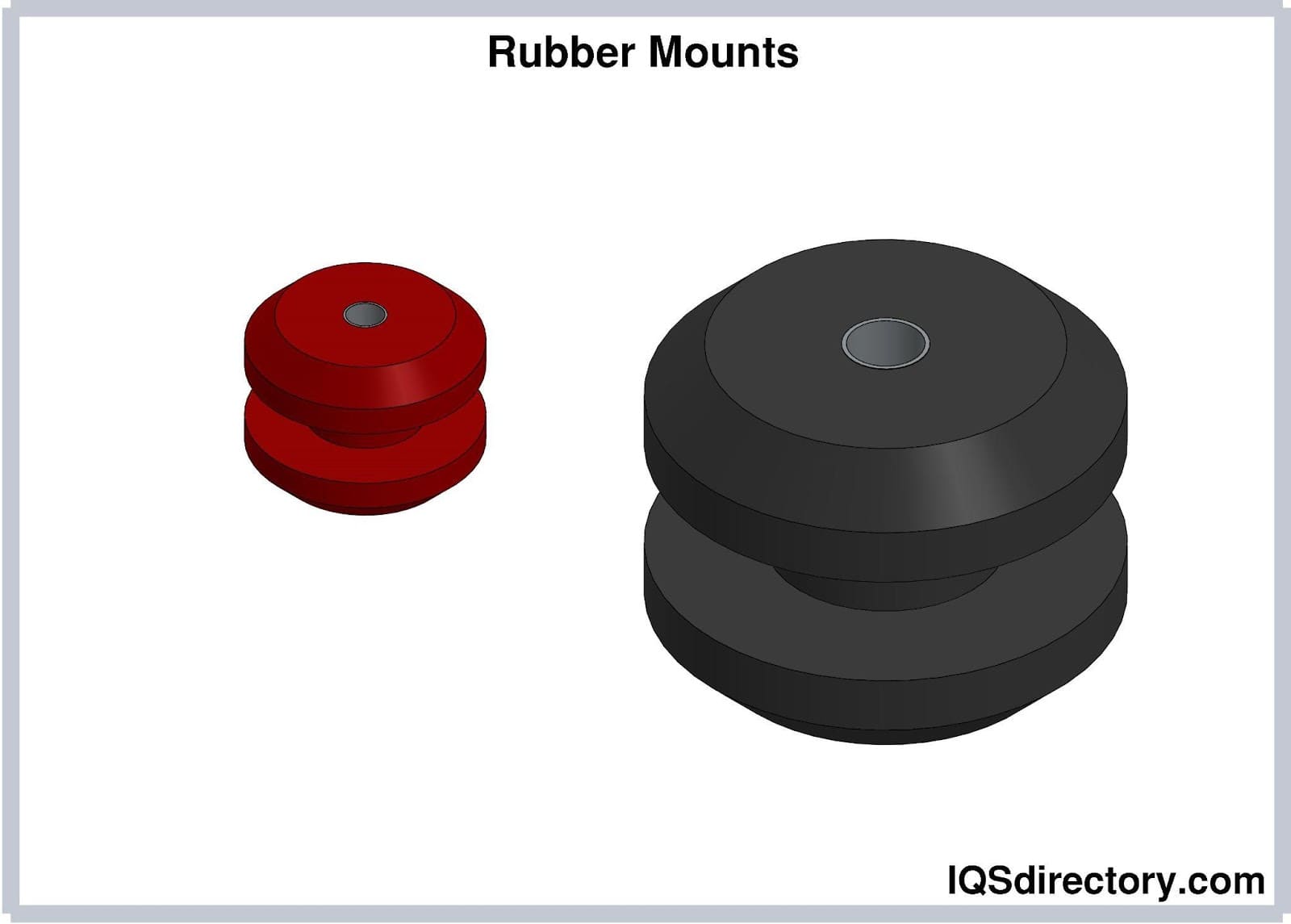
 Die Cutting
Die Cutting Foam Fab
Foam Fab Gaskets
Gaskets O-rings
O-rings Plastic Fabricators
Plastic Fabricators Tape Suppliers
Tape Suppliers Castings & Forgings
Castings & Forgings Bulk Material Handling
Bulk Material Handling Electrical & Electronic Components
Electrical & Electronic Components Flow Instrumentation
Flow Instrumentation Hardware
Hardware Material Handling Equipment
Material Handling Equipment Metal Cutting Services
Metal Cutting Services Metal Forming Services
Metal Forming Services Metal Suppliers
Metal Suppliers Motion Control Products
Motion Control Products Plant & Facility Equipment
Plant & Facility Equipment Plant & Facility Supplies
Plant & Facility Supplies Plastic Molding Processes
Plastic Molding Processes Pumps & Valves
Pumps & Valves Recycling Equipment
Recycling Equipment Rubber Products & Services
Rubber Products & Services